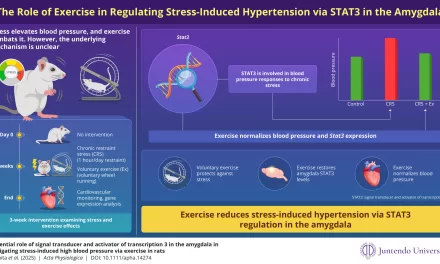A widely used chemical disinfectant in public water supplies, relied upon by over 113 million Americans and millions more worldwide, has been found to produce a potentially toxic byproduct, according to groundbreaking research published in Science on Thursday. The findings have sparked calls for immediate investigations into the health implications of the discovery.
The disinfectant, inorganic chloramines, has been a cornerstone of water treatment for decades, serving as an alternative to chlorine in many systems. Chloramines were introduced to mitigate byproducts linked to bladder and colon cancer, low birth weight, and miscarriage—issues associated with chlorine. However, new research indicates chloramines themselves break down into compounds that are poorly understood and may pose significant risks.
One such compound, historically referred to as the “unidentified product” since its first detection over 40 years ago, has now been identified as chloronitramide anion. Using advanced techniques such as high-resolution mass spectrometry and nuclear magnetic resonance spectroscopy, lead researcher Julian Fairey and his team pinpointed the compound in all 40 chloraminated drinking water samples tested. The levels of chloronitramide anion reached up to 100 micrograms per liter, exceeding regulatory thresholds for disinfection byproducts, which are generally set at 60–80 micrograms per liter.
Uncertain Health Impacts
While toxicological studies on chloronitramide anion have not yet been conducted, the researchers expressed concern over its potential health effects.
“The chemical structure looks concerning, as do the concentrations at which this compound is forming,” Fairey said during a press briefing. “We believe health effects studies are urgently needed.”
The study calls for immediate action, recommending that the compound be monitored in public water systems and evaluated for its toxicity. Fairey also suggested that water utilities consider reverting to chlorine-based disinfection, provided secondary treatments are used to manage known toxic byproducts of chlorine.
Mitigating Risks
For consumers concerned about potential exposure, the researchers recommended home water filtration systems equipped with activated carbon blocks, which can reduce a range of contaminants, including chloramine byproducts.
As regulatory reviews and further studies progress, this discovery raises critical questions about the long-term safety of chloraminated drinking water.
“This research underscores the importance of continually assessing the chemicals we use in public health infrastructure,” Fairey concluded.
For more information, the study can be accessed in the journal Science under the title Chloronitramide anion is a decomposition product of inorganic chloramines.












